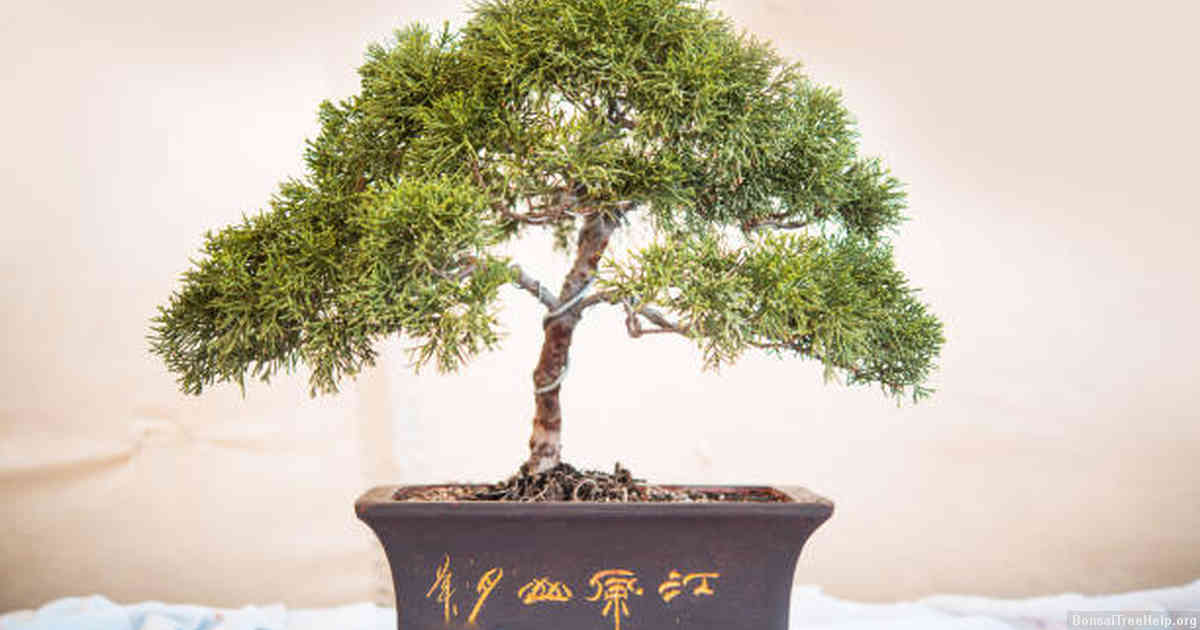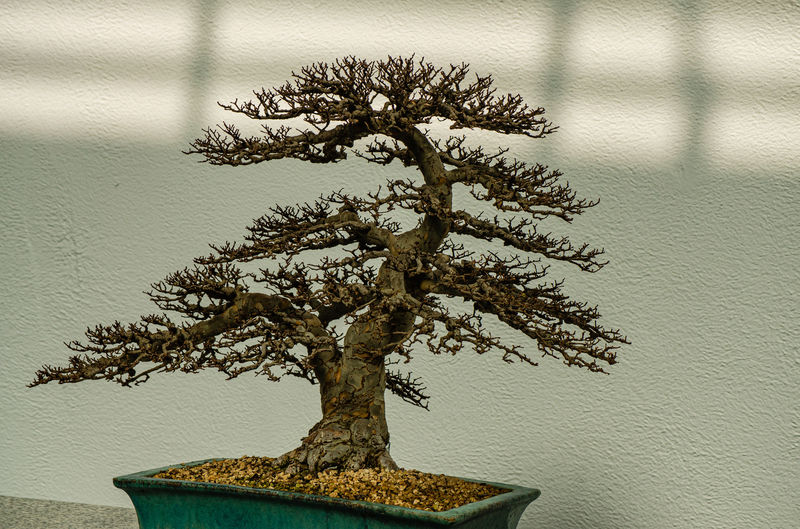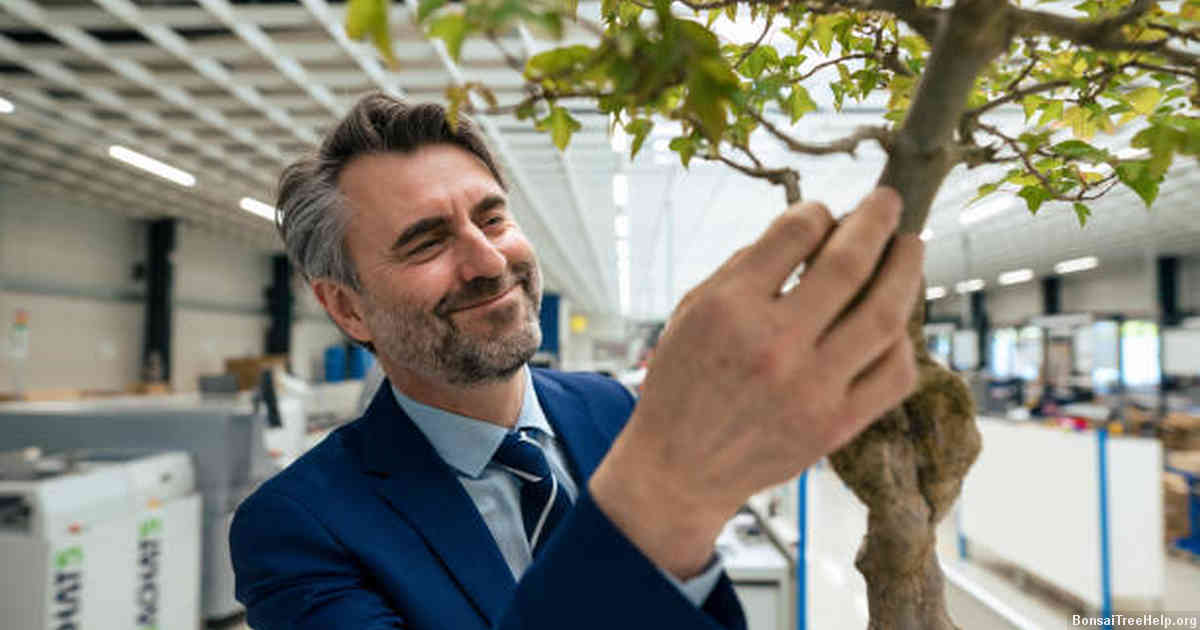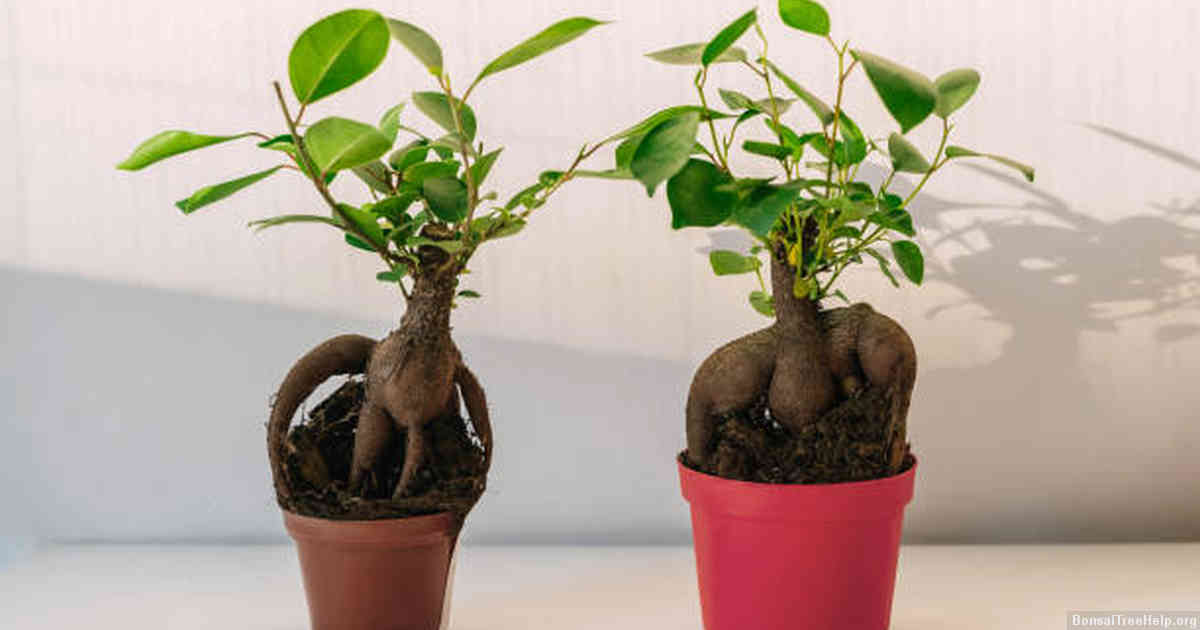
1. Begin by taking a cutting from the parent juniper plant that is at least 3-4 inches long and has two or three needles per node. Make sure to use sharp pruning shears when taking the cuttings to avoid damaging the woody stems of the juniper.
2. Place the cutting in a glass of water for several days until it starts to develop roots. Once rooted, fill a potting container with equal parts potting soil and organic matter such as compost or perlite. Insert the cutting into this mix up to 1/3 of its length so it stands upright on its own and tamp down gently around it to ensure firmness in the container.
3. Water well and allow any excess moisture to drain away before moving it into partial sun or bright light indoors or outside depending on climate conditions. Continue watering regularly, allowing the soil surface to dry slightly between each session while keeping an eye out for overwatering which could lead to root rot if left unchecked over time.
Contents:
- Preparation: Choosing the Right Cutting and Tools
- Soil & Potting: Creating the Optimal Growing Environment
- Rooting Hormones: Enhancing Your Juniper Bonsai’s Growth Potential
- Watering & Fertilizing: Proper Techniques for Nurturing Your Plant
- Light Requirements: Providing Adequate Sunlight for Healthier Growth
- Training & Pruning: Shaping Your Juniper Bonsai to Achieve Desired Look
- Maintenance & Troubleshooting: Tips for Sustaining a Healthy, Vibrant Bonsai Tree
Preparation: Choosing the Right Cutting and Tools

Beginning your journey to growing a Juniper Bonsai from a cutting is an exciting venture. To ensure you have the best chance for success, you need to take time and carefully consider the selection of your cutting as well as the tools needed for its care.
When starting out with Juniper bonsais, look for cuttings taken from mature tree branches that are at least 2 years old or older. This will give you the best base material for replicating a smaller version of this majestic tree species in your home. Make sure it has strong nodes all over its body which can help form thick trunks when planted correctly in soil or water before transplanting it into its permanent container once roots appear and grow sufficiently.
To handle this delicate job properly and to ensure healthy growth, make sure you arm yourself with the right tools before beginning. A sharp pair of pruning shears is essential when trimming off excess foliage while keeping close eye on any signs of disease or infestation that could potentially disrupt development during early stages. Wirecutters will be helpful when grafting different branches together through securing them around frames to achieve desired shape configurations safely without damaging other parts of plants’ structure due to excessive force applied manually by hand-twisting techniques used often in traditional Japanese art styles such as cascading bonsais or windswept varieties; both stunningly beautiful displays worth perfecting.
Soil & Potting: Creating the Optimal Growing Environment

Before growing a Juniper bonsai, one needs to consider the type of pot and soil they will be using. For optimal growth, it’s best to select unglazed ceramic pots with ample drainage holes as these allow air movement around the roots and provide an ideal environment for root growth. With regards to soil, using an acidic or neutral compost is important in order to maintain the pH level close to 5.5-7; this helps reduce leaf discolouration due to chlorine in regular tap water.
In terms of selecting specific components for your mix, it’s recommended that you use bark chips, pine needles and pumice stones as these are specifically beneficial to Junipers. The bark chips will help create good drainage while still retaining moisture during periods of drought; pine needles supply small amounts of nutrients and act as a strong anchor for delicate branches; finally, pumice stones work wonders in promoting strong root development which further enables healthier foliage from top down.
If you want larger sized bonsais then re-potting every 2–3 years is necessary along with pruning all the way back until about half its original size – this encourages new branch formation allowing greater sculpting potential and aesthetic pleasure over time. In addition creating dormant cuttings requires special treatment such as making sure extra steps are taken when creating detailed wiring as too much pressure can cause permanent damage leaving an unwanted scarred look on young trees once healed up.
Rooting Hormones: Enhancing Your Juniper Bonsai’s Growth Potential

Before attempting to propagate a juniper bonsai from a cutting, it’s important to understand the potential impacts of rooting hormones. Rooting hormones are generally formulated products that contain natural or synthetic compounds which can either inhibit or promote the formation of adventitious roots within cuttings. While some species can form roots without the aid of these agents, applying them is a surefire way to bolster your chances for success and increase the speed at which you achieve root development.
Rooting hormones come in many forms, each with their own advantages and disadvantages depending on your project’s needs. Popular options include powder, liquid concentrate and pre-measured tablets designed for convenience and dependability when used correctly. If necessary, you can even construct homemade solutions from ground willow bark or aloe vera extract which stimulate cell growth and encourage healthy root establishment in compatible plants like juniper bonsai.
When utilizing any kind of chemical agent during propagation there’s always an inherent risk involved that must be weighed against potential benefits before using any product indiscriminately; however as long as time is taken to research best practices rooted in proven scientific methods prior to application then rooting hormone treatments are considered by most experts to be relatively safe when done properly and beneficial overall to enhancing robustness in new juniper growth patterns.
Watering & Fertilizing: Proper Techniques for Nurturing Your Plant

When it comes to nurturing a juniper bonsai from a cutting, proper watering and fertilizing are essential. Without these key elements, the cutting may not take root or grow properly. It is important for bonsai enthusiasts to familiarize themselves with recommended techniques for successful bonsai care.
Watering your new plant is a delicate balance that takes some practice in order to get right. Too much water can cause root rot while too little will dry up and kill the new growth of roots and leaves. A good rule of thumb when first starting out is to water every two or three days until you have an understanding of what works best with your climate and particular juniper species. When determining when to water, observe the soil around the tree – if it looks moist then wait longer before adding more water; if it looks bone dry then add moisture sooner rather than later.
Fertilizing your juniper should be done according to its growth cycle as this will ensure healthy new foliage over time. Junipers need nitrogen for leaf production but also need additional micro-nutrients such as potassium, magnesium and iron throughout the year during different phases of their life cycles in order to stay strong and vigorous over time. Generally, fertilizer applications should be administered once a month between spring through fall months at half strength levels of recommended dosage listed on packaging materials – never apply fertilizer more than twice per month, regardless of how hungry your plant may look.
Light Requirements: Providing Adequate Sunlight for Healthier Growth

When looking to grow a juniper bonsai, providing adequate sunlight is essential for the best possible growth. The amount of light your bonsai will need depends on the species, as well as its age and condition. Generally speaking, all types of junipers prefer full sun; this means that your plant should receive at least 8 hours of direct sunlight each day. As such, it’s important to select an appropriate spot in your garden or on your balcony where there is plenty of bright light available throughout the day.
In contrast to other trees with shallow roots and canopies, junipers have wide-reaching root systems which allow them to reach deep down into soil for increased stability. This also means that they are able to withstand harsher climates than many other plants and trees. In fact, giving them more intense light – such as through placing in direct sun – can prove beneficial rather than damaging. This will help the branches thicken up and thus create interesting contours which define a true bonsai tree look and character.
Still, you must be careful not to overdo things. Too much sunshine during hot summer months may be too extreme for some varieties of junipers even though they can generally handle harsh conditions better than others; if you see new leaves suddenly start appearing yellow or bleached then chances are you should temporarily move the tree somewhere slightly shadier until it recovers from the heat exposure before returning back outside again once temperatures settle down a bit!
Training & Pruning: Shaping Your Juniper Bonsai to Achieve Desired Look

Training and pruning your juniper bonsai is an important part of creating the desired look and ensuring that it continues to flourish. Training involves wiring branches so that they curve in a particular direction, while pruning consists of cutting away certain pieces of foliage or branches to shape the tree.
There are numerous benefits to training and pruning your juniper bonsai, including improved vigor, increased root growth, fuller foliage coverage as well as more aesthetically pleasing shapes. Wiring should be done with careful consideration and accuracy as too much strain on a branch can lead to breakage. Keep in mind that wiring may need to be redone after several months if the branch does not remain in its trained position over time. When pruning, use sharp shears instead of scissors for a clean cut without damaging leaves or small stems around it. It’s always best to focus on one area at a time, gradually increasing cuts until you achieve the desired result. Moreover, don’t forget about timely re-potting every two years or so – this step will help avoid overcrowding in shallow pots which can stunt growth rate of your juniper bonsai by blocking access to nutrients and water.
By following these guidelines you will give your juniper bonsai good start towards achieving graceful curves and structure – one of hallmark features admired by any connoisseur. With proper care your little tree can become feature specimen reminiscent of ancient groves it originates from.
Maintenance & Troubleshooting: Tips for Sustaining a Healthy, Vibrant Bonsai Tree

Maintenance and troubleshooting play a critical role in sustaining healthy, vibrant juniper bonsai trees. It’s important to know what environmental conditions are ideal for your tree, as this will impact its ability to thrive. To ensure a happy juniper bonsai tree, provide plenty of light. If possible, position the plant near an east or south-facing window so that it can bask in morning sunlight and shade from the midday sun. Monitor soil moisture often as too little water can cause leaves to turn yellow while too much water can leave the roots susceptible to rot. Fertilize periodically with a nitrogen-rich product designed specifically for bonsais; this should be done monthly during active growth periods followed by fewer applications throughout winter months when growth slows down.
The lifecycle of a bonsai tree may also require specific pruning techniques to maintain desired size and shape characteristics: cut longer stems back just above buds facing outward and use tweezers or scissors to pluck off old needles and branches as needed. Pay attention not only to visible signs but also subtle changes occurring at root level; if roots appear dry before watering is due then mist them lightly with slightly warm water ahead of schedule. Pests such as mites tend to affect deciduous varieties more than conifers yet all types of junipers must be treated immediately upon discovery using insecticidal soap solutions available at garden centers or online stores specializing in outdoor plants & shrubs care products.
Ensure your Juniper Bonsai has proper drainage holes placed on its pot base either during transplanting or adding fresh potting soil; without proper drainage it could contract root rot leaving it less resistant against attacks from insects or bacterial/fungal infections that might further damage its health status resulting in extensive loss of vitality over time if not addressed promptly with appropriate remedies prescribed by certified arborists knowledgeable about shrub species featured in many Japanese rock gardens across the world – yours included.
Leave a Reply